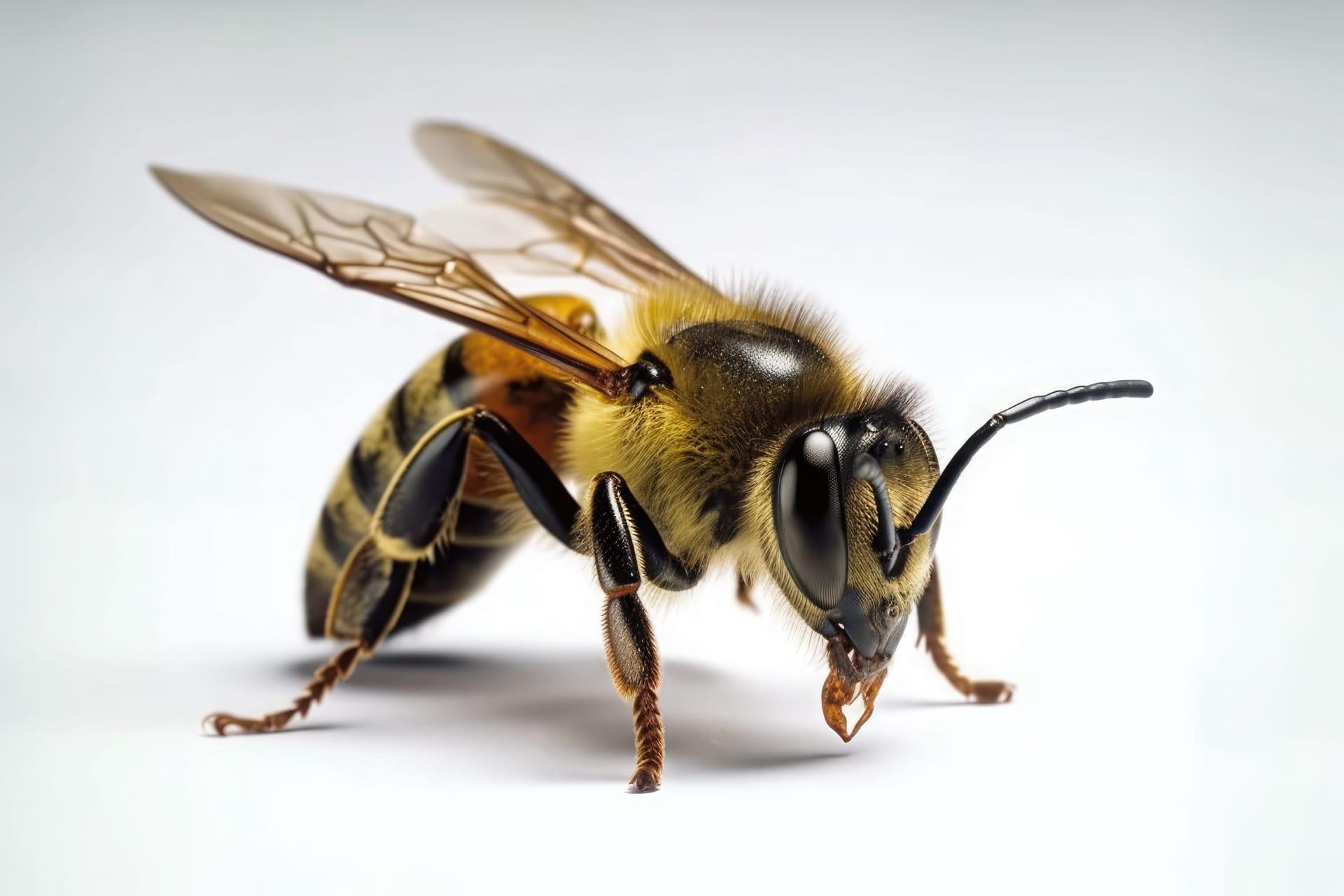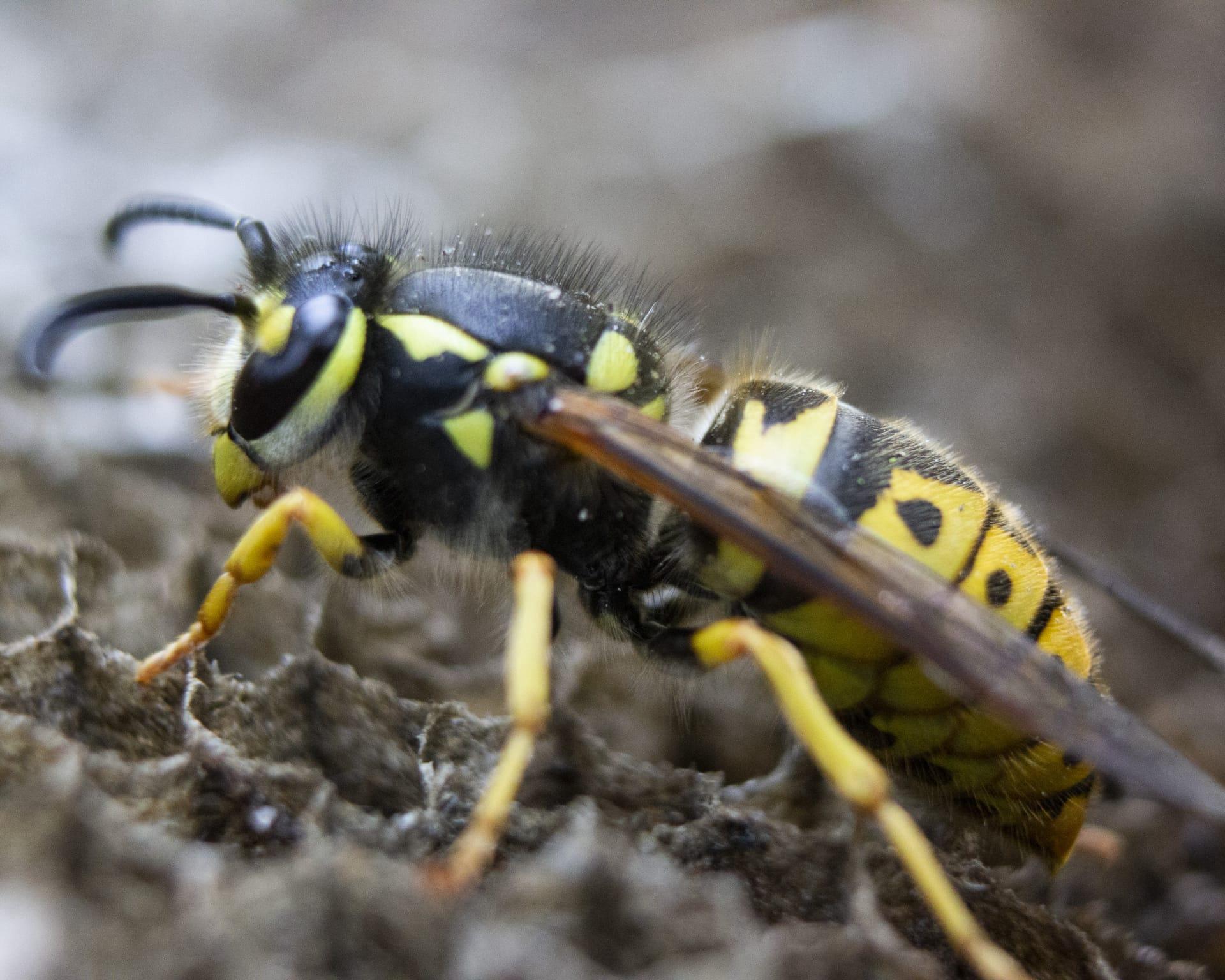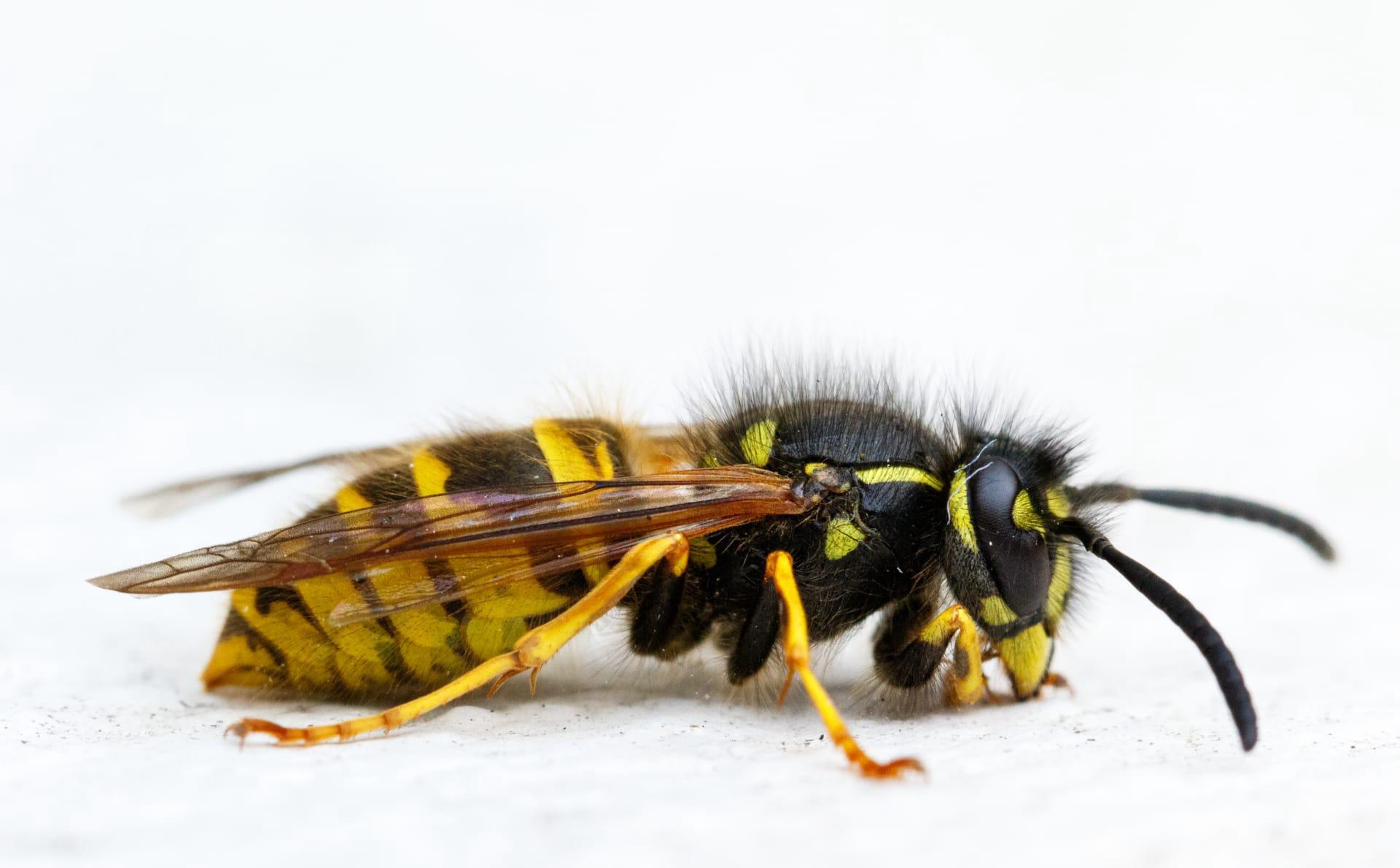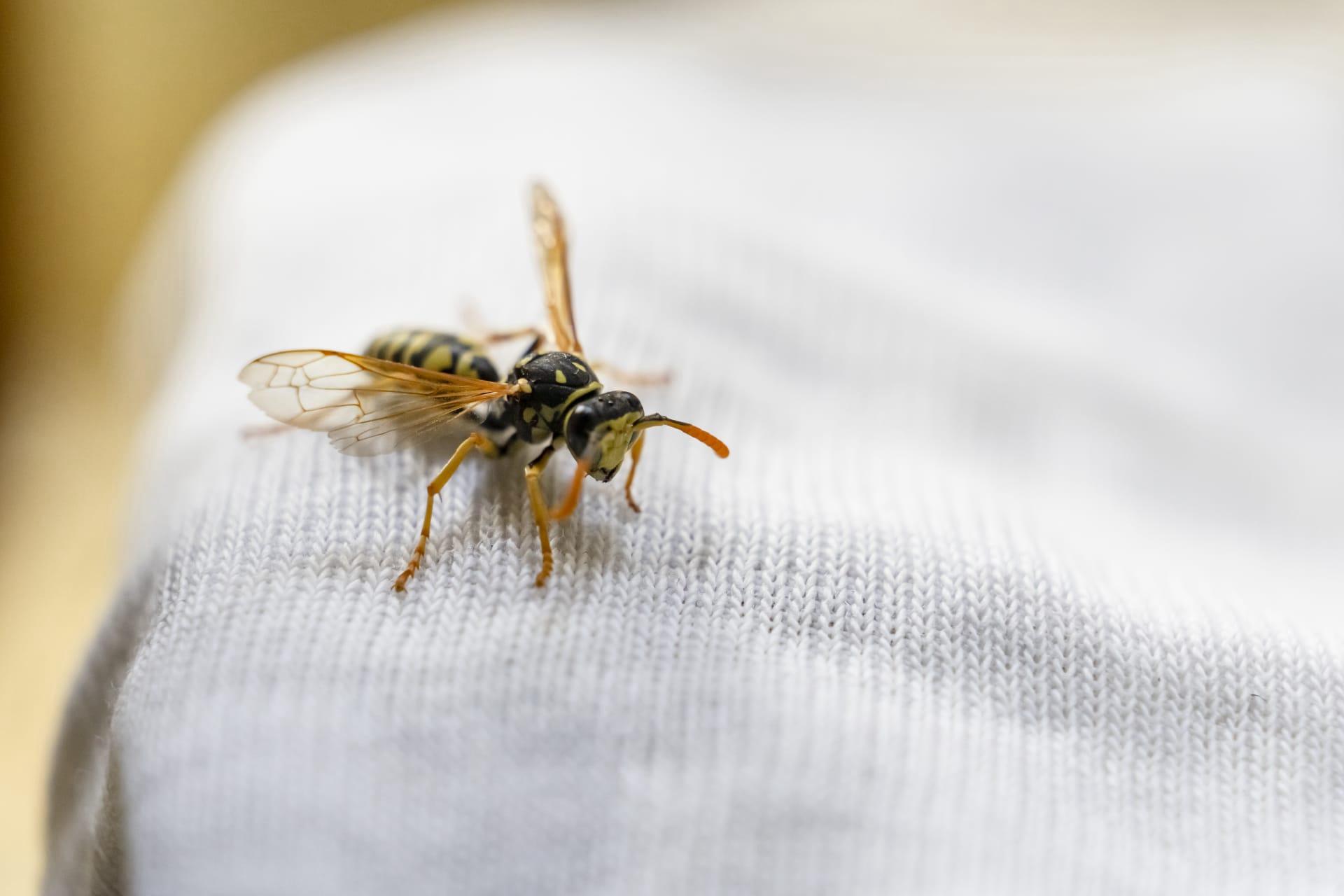Wasps Trivia
- Home /
- Trivia Question /
- Animal /
- Wasps Trivia
1
Question: How fast can a wasp fly, and how does this compare to other insects?
Answer: Wasps are quite the aerial acrobats, capable of reaching speeds up to 30 miles per hour. This makes them faster than many other insects, including bees, which typically fly at around 15 to 20 miles per hour. This speed allows wasps to efficiently patrol vast areas in search of food and nesting sites, and also makes them formidable predators and difficult targets for their own predators.
Question: What is the lifespan of a common wasp, and how does it vary among different types of wasps?
Answer: The average lifespan of a common worker wasp is about 12-22 days, but queens can live up to a year, surviving through winter until spring to start a new colony. In contrast, solitary wasps, which live and hunt alone, can have longer lifespans, some living up to several months. The variance in lifespan among different types of wasps is largely due to their roles within their social structure and environmental factors.

2
Question: Do all wasps build nests, and if so, what materials do they use?
Answer: Not all wasps are nest builders. Social wasps, like yellow jackets and hornets, build nests using a mixture of chewed wood pulp and saliva, creating a papery substance. However, solitary wasps, which make up the majority of wasp species, often do not build nests; instead, they may burrow in the ground or use existing holes to lay their eggs and provide food for their larvae.
Question: Are wasps aggressive and likely to sting humans unprovoked?
Answer: Wasps generally do not attack or sting humans unless they feel threatened or their nest is disturbed. Most encounters where people get stung arise from unintentional provocation, such as stepping on a nest or swatting at a wasp. Wasps are typically more focused on hunting for food or caring for their nests than interacting with humans.

3
Question: How do wasps contribute to the ecosystem, and why are they important?
Answer: Wasps play crucial roles in ecosystems as both predators and pollinators. As predators, they control populations of many pest insects, benefiting agriculture and garden health. As incidental pollinators, they transfer pollen while feeding on nectar, aiding in plant fertilization. Their presence maintains the balance within various ecosystems, making them an important part of biodiversity.
Question: Can wasps remember faces or distinguish between humans?
Answer: Research has shown that certain social wasps, like the common paper wasp, have the ability to recognize individual faces, which is an adaptation for social interaction within their colonies. This capability suggests that they might also distinguish between different humans, especially if they perceive a recurring threat to their nest, but this area is still under study and not fully understood.

4
Question: What is the largest wasp species, and how big can it get?
Answer: The Asian giant hornet, also known as the "murder hornet," is the largest wasp species, with queens reaching lengths of up to 2 inches. Their size, combined with their powerful venom, makes them formidable predators. They are known for their ability to decimate entire colonies of honeybees, posing significant threats to bee populations and, consequently, to pollination processes in affected ecosystems.
Question: How do wasps choose locations for their nests, and what factors influence this decision?
Answer: Wasps choose nesting sites based on factors like protection from the elements, availability of building materials, proximity to food sources, and avoidance of predators. Ideal locations may include sheltered spots like eaves, attics, or dense vegetation. The need for a water source is also crucial, as it is necessary for nest construction and hydration of the colony.

5
Question: How do wasps communicate with each other within a colony?
Answer: Wasps communicate through a combination of pheromones, body movements, and sounds. Pheromones can signal alarm, mark territory, or indicate the presence of food. Body movements, such as the waggle dance observed in some species, can provide information about food location. Sounds, although less common, may play a role in certain social interactions within the colony.
Question: What is the diet of a wasp, and how does it change throughout its life?
Answer: Wasps have a varied diet that includes insects, nectar, and in some cases, human food waste. Adult wasps primarily consume nectar and are instrumental in pollination. However, they hunt insects and other small invertebrates to feed their larvae, which require protein for development. The dietary needs of a wasp change as it transitions from larva to adult, reflecting their roles within the colony and the ecosystem.